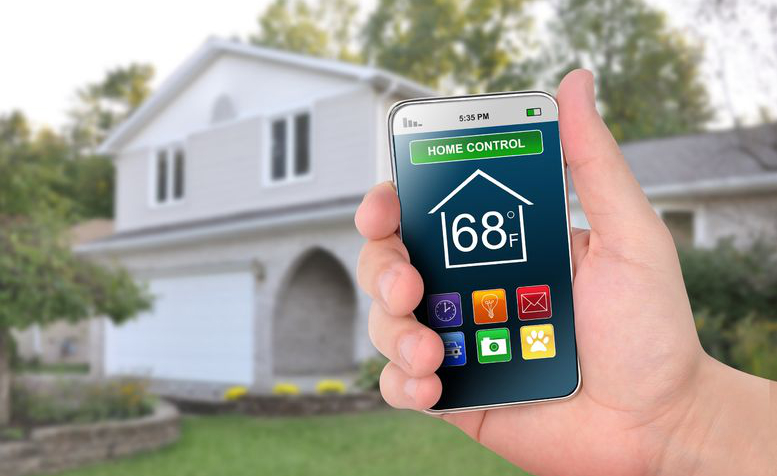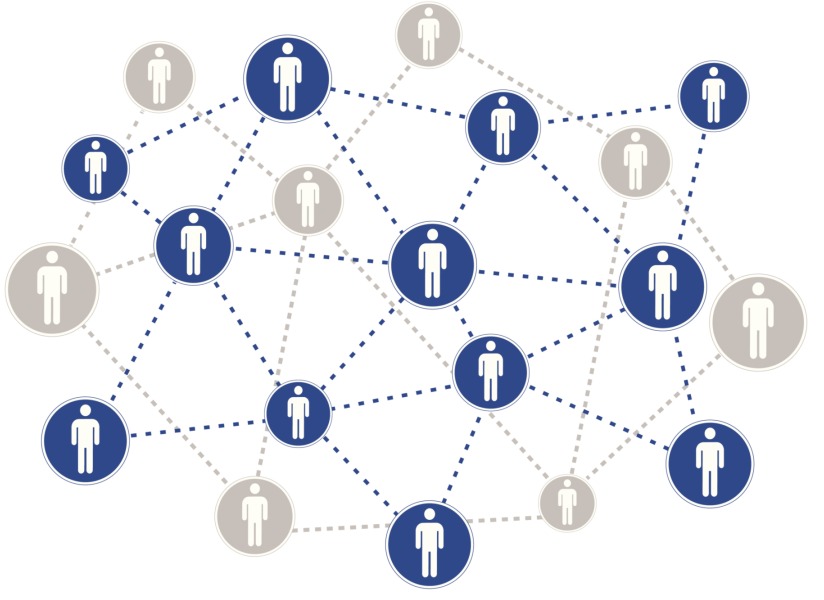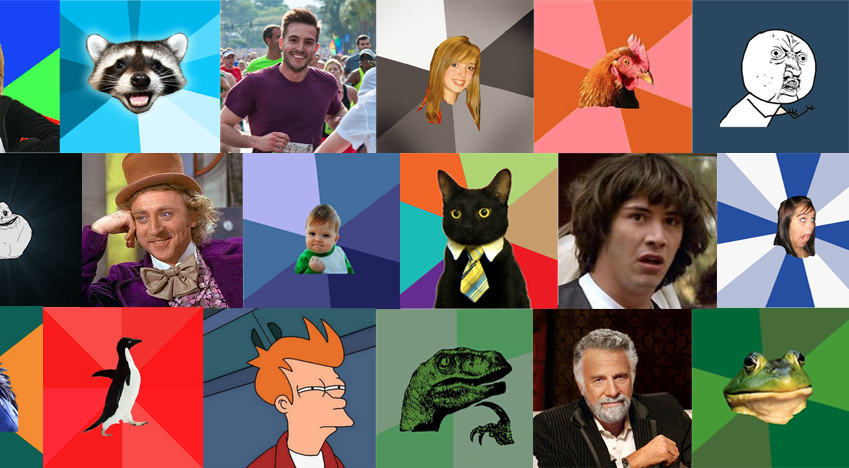What is the Internet of Things Exactly?
For nearly 40 years, computing technology has cultivated and sustained experiences that enhance lives. From personal computers, to the growth of the internet, to mobile phones and now tablets, most of us have lived our lives connected to digital devices. And of course radios, TVs, video and still cameras, and most consumer electronics have all merged into these multi-function portable devices that we have to charge up everyday just to stay in the game. Especially in communication and entertainment, we rely on these devices to bring us words to read, audio to hear, and pictures and video to see.
But there’s more going on these days with devices than aiding human verbal or visual communication – or maybe there’s more to be said about communication between machines, or the way we connect to the world around us. While those in the tech industry have been talking about and experimenting with augmented reality, ambient intelligence and wearable computers for at least a decade, we’re about to see a huge upsurge in physical computing – using digital devices to further connect us to the world we live in.
What exactly is “the Internet of Things”? Here’s a primer:
Some people call it pervasive computing, ambient intelligence or everywhere computing. It really can be any of these. Whatever you call it, the simplest way to understand the internet of things is to think “connected sensors.” Together, these sensors provide the digital communication needed to deliver a whole new world of useful opportunities:
- Sensors that connect to the body – these are the wearable computers for health and wellness
- Sensors that connect to other objects – this is where a product can give feedback of its operation, efficiency or progress
- Sensors that monitor the environment – this is where we can know about the space in which people or things are moving or existing
And what are they sensing? Things like:
- Location, movement and acceleration
- Temperature
- Light and color and images
- Sounds
- Air quality
- Open or closed switches
- Body vitals like heart rate, oxygen usage, blood pressure and glucose levels
How are they connecting? With common wireless standards like WiFi, Bluetooth and RFID for mobile/wearable devices (think fitness monitors), and newer protocols for building fixtures like ZigBee and Z-Wave (think door locks and thermostats). Wirelessness and real-time communication aren’t prerequisites, but you’ll hear about these aspects the most.
Taken a step further, using the feedback from these sensors, we can make meaning from the connections of people to people, people to objects, objects to objects, and objects and people to their environments. When you let objects talk to each other, you get products like electronic leashes (help me find my keys), and devices like a smartwatch that shows when you’re getting a phone call.
And you open the door to a whole future of things that can make us healthier, more productive, and more comfortable.
OK, so that’s what people mean when they talk about the internet of things.
5 reasons the Internet of Things is finally happening
A lot of products and services that make up the internet of things have been around for a while. Most people have heard of Nike+, Fitbit, and Nest. But in 2014 we’re going to see an explosion of new products and services and a lot more news coverage. What makes me think we’ve finally reached the age of computers in everything? I think there are 5 big reasons the time is now.
1. Crowdfunding and co-creation is going strong. As of Feb. 1, Kickstarter has hosted 3,533 technology projects, with 1,275 (36%) successful. Right now, Quirky (the co-creation platform of 723K inventors) has 40 “Electronics and Power” products for sale, and hundreds of additional ideas up for voting. Think of this as the age of open development, and people are simply more able to be a part of the planning that goes into making new devices. Said another way, we’ve entered a time where a lot more people can be early adopters – or at least a lot more people are aware of what they could adopt early.
2. Parts are cheap, available and tiny. For decades now the world of hardware has seen exponential speed increases, modern manufacturing approaches and incredible miniaturization of critical components that have paved the way for smart things to fit in small spaces. But when you can now buy a single smartphone replacement camera for $3 on Amazon, you know things are cheap. Tiny Bluetooth Low Energy transmitters (beacons), WiFi modules, memory chips, and LCD displays are all available to anyone direct from the manufacturers. Tiny computers like the Raspberry Pi and Arduino are allowing an enthusiastic community of makers to quickly hack together some amazing solutions.
3. Frameworks, platforms, open APIs and operating systems abound. You have to be able to make the hardware work together, and today, that’s easier than ever. For example, check out SmartThings, a platform that made $1.2 million in late 2012 from a Kickstarter campaign that was asking $250,000. A year later, venture capital totalled $15.5 million. With a SmartThings hub, some smart hardware, and an easy to program environment, anyone can join the developer community and mash together switches and locks; motion, temperature, illumination and presence sensors, capture images, communicate with text messages and much more, and supporting common home connection protocols like Zigbee and Z-Wave. Quirky has also received $30 million from GE in partnership to create the “Wink” WiFi-connected platform – and expects to launch dozens of devices controlled from your smartphone.
4. Everybody’s talking about it. Maybe all the consumer electronics and tech news sites have tired of talking about connected TVs and 7” phones, but fitness and health trackers, smart cars and home automation seem to finally be getting more press, even though some of these platforms have been out for many years. More buzz tends to generate more interest and purchase, if not simply awareness.
5. Big and small players are involved. If you follow the Consumer Electronics Show trends you know that two years ago, wearable computing was largely conceptual and experimental with a lot of small players trying to get their ideas heard. Last year the big players were pronouncing commitments to both tiny and smart devices and showing off their concepts. But in January 2014, big and small brands alike were delivering initial products to the marketplace and showing off their pipeline. Of course we need both types of companies to be involved – smaller players to bring out risky innovations, and big brands like LG and Sony to flex their marketing muscles. Retailers are in on the game as well – Home Depot’s mobile app has built-in support for a variety of home automation functions including garage doors, lighting, thermostats, and even “Wink” devices. And Lowe’s launched a hub and app system called “Iris” (powered by AlertMe) in July 2012. AT&T and Verizon are just two more major brands trying to help you secure, heat and control objects in your home.
And Apple and Google will continue to innovate and push the whole industry forward, with the iOS and Android platforms dominating the mobile computers that provide user interfaces into our environments. Don’t forget that Google has self-driving cars and just bought Nest. Apple’s rumored health platforms will set the stage for massive adoption.
What does this all mean for consumers right now?
The biggest thing to understand is that you shouldn’t expect perfection at the moment. First, if you think some new, crazy connected gadget isn’t worth your time – you’re probably not alone. We’re all going to be seeing a lot of products that don’t make sense right away. (Many of these products won’t make sense later, either!) But our “beta launch” world means we’ll all see a lot more solutions than we used to in the past.
And second, if you are the kind of person who always has to have the latest thing, expect a lot more frustration in using half-baked solutions, overlap in features from a pile of devices that do the same things, and general anxiety around data privacy, security and control – because there are a lot more players who have access to all the same tools.
Finally, what does this have to do with Hanson?
We’re always looking for solutions that help people experience products and services in new ways. While many of our clients know us for our excellence in digital marketing, we’re also involved in projects that combine digital platforms into the new products and services that will power our connected world.
We’re highly interested in solutions that help people evaluate options and make better decisions. And also in helping people take care of themselves, be healthier and make their lives easier.
That’s why we have an R&D lab at Hanson. We’re working with new platforms and interfaces, and we have a lot of sensors, platforms and devices in house – our latest experiments include Google Glass and Bluetooth beacons. Expect to see some of our analysis and opinion in the coming weeks and months.
The Internet of Things is definitely here, and we’re excited to be testing ideas and having conversations as it all unfolds. Follow me on Twitter (@mobial) and let me know your thoughts.
Update: Since this was posted originally, Mike has reported on home environment controls and smart appliances he saw at KBIS / IBS 2014.






